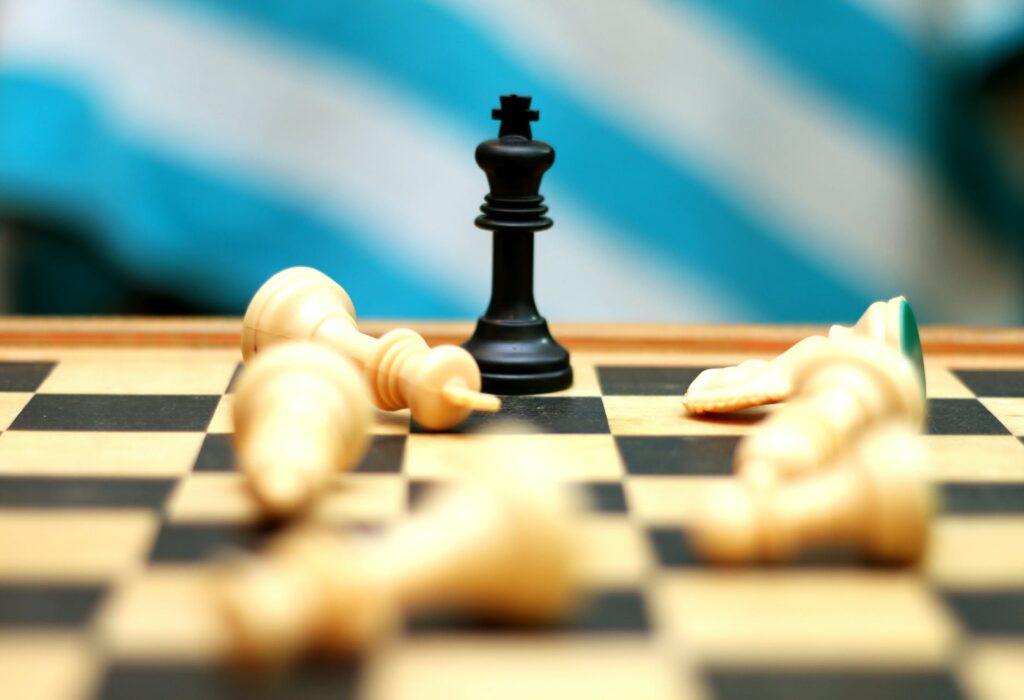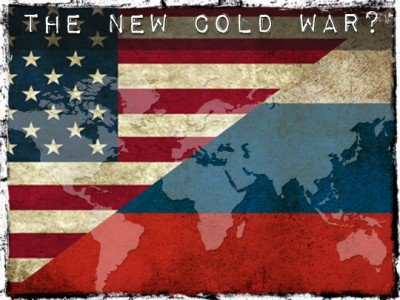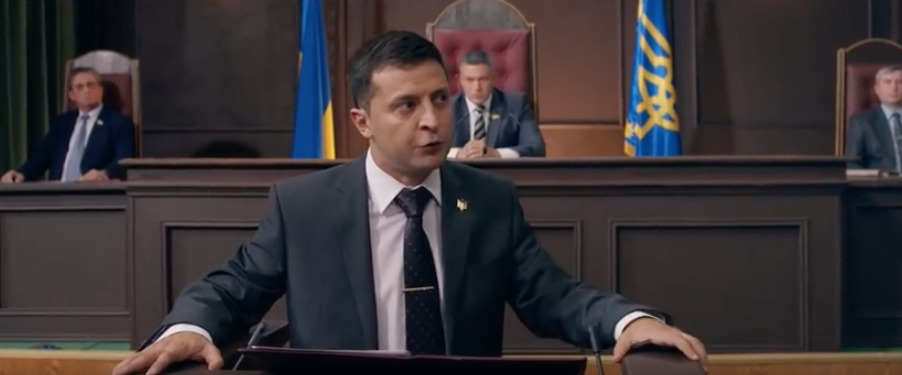
by MK Bhadrakumar, Indian Punchline, 12/28/22
Consequent upon the Ukraine war, as the Sea of Azov becomes an inland sea for Russia, bracketed by the Crimean Peninsula and the mouth of the River Don, the sea and rail networks of the region extend to Iranian hubs on the Caspian Sea and ultimately lead to the Indian Ocean. A feature article in Bloomberg last week titled Russia and Iran Are Building a Trade Route That Defies Sanctions brings to centre stage this “sanctions-busting” project in the region.
Last month, Mehr News Agency reported that a first 12 million–ton shipment of Russian grain bound for India already transited Iran. The time has come for the inland trade corridor known as the International North-South Transport Corridor or the INSTC, which was launched in 2000 to connect the Baltic Sea with the Indian Ocean.
Ironically, the West’s “sanctions from hell” against Moscow roused the INSTC to life. Moscow is currently finalising the rules that would give ships from Iran the right of passage along inland waterways on the Volga and Don rivers!
The INSTC was conceived as a 7,200 km-long multimodal transportation network encompassing sea, road, and rail routes to move freight between Russia, Central Asia and the Caspian regions, Iran and India. At its core, this is a Russian-Iranian project who are stakeholders in countering the West’s weaponisation of sanctions.
But there is much more to their congruent interests. The Western sanctions motivate them to look for optimally developing their economies, and both Russia and Iran are pivoting to the Asian market, and in the process, a new trading bloc is forming that is completely free of Western presence. “The goal is to shield commercial links from Western interference and build new ones with the giant and fast–growing economies of Asia, ” Bloomberg noted.
Speaking to a group of senior Russian editors on Monday in Moscow, Foreign Minister Lavrov said, “Rest assured that in the near future, we will see a serious drop in the West’s ability to ‘steer’ the global economy the way it pleases. Whether it wants it or not, it will have to sit down and talk.” This is the crux of the matter — force the western powers to negotiate.
In the near term, INSTC’s takeoff will depend on some big projects. On Monday, the Russian Deputy Prime Minister Alexander Novak spoke about an energy grid involving Russia, Iran and Central Asia and the South Asian region.
Novak said, “A constant influx of national currencies gives confidence to the market. At the beginning of the year, we faced a situation where it was not very clear what to do with these currencies. At the moment, they are traded on the stock exchange and ensure mutual trade turnover… If at the beginning of the year this flywheel swayed very hard, then in just a few months it became commonplace, and we began to trade steadily in national currencies.” De-dollarisation provides an underpinning of the INSTC. This is one thing.
Second, Novak made the disclosure that Russia and Iran may reach an agreement on swap supplies of oil and gas by the end of this year. As he put it, “If we talk about perspective, this includes exports of gas to Afghanistan, Pakistan — either using the infrastructure projects of Central Asia, or through a swap from the territory of Iran. That is, we will receive their gas in the south of the country [Iran], and in exchange we will supply gas to the north for Iranian consumers.”
Novak added, “We expect around 5 mln tons [of oil] per year and up to 10 bln cubic meters [of gas] at the first stage.” Pakistan is interested in sourcing Russian gas. Novak referred to Russia’s agreement with Azerbaijan, which is set to increase gas supplies, and “when they increase gas production, we will be able to discuss swaps.”
Pakistan has an inherent advantage, as all the participating countries of the INSTC except India also happen to be members of China’s Belt and Road Initiative. At some point early enough, the two designated Iranian ports in the INSTC — Bandar Abbas and Chabahar — will likely get linked to Gwadar Port, which is the gateway to the China-Pakistan Economic Corridor [CPEC] leading to Xinjiang, and an important component of the BRI.
Clearly, the INSTC will spawn a web of international economic corridors. Iran is destined to become the hub of converging strategic interests with significant economic dimensions that will determine new alliances and impact the geopolitics of South and West Asia in the 21st century.
The US has been waging an information war to debunk the CPEC and fuel anti-China sentiments in the Pakistani public opinion. But it is a hopeless endeavour to malign the INSTC as a geopolitical project and impractical to threaten regional states from associating with what is an intercontinental trade route that is no single country’s franchise. After all, how to sanction a trading bloc?
The facts speak for themselves. The INSTC trials carried out to transport containers from Mumbai to St Petersburg using the trade corridor are able to reduce the delivery time of cargo from 45 days to 25 days at 30% cheaper rates than via Suez Canal, justifying the hopes for enhanced connectivity and utility of the corridor. Clearly, the trade potential of INSTC is immense.
However, Russia and Iran are determined to decouple the West. Lavrov said on Monday, “We can no longer rely on these people. Neither our people nor history will forgive us if we do… we too openly and naively put our faith in the assurances that we heard in the early 1990s about a common European home and the need for an international division of labour that would rely on the best performance and competitive advantages of each country, so that, by pulling our efforts together and saving resources, we would be able achieve the best and cost-effective results. All of that was empty talk.”
Iran and Eurasian Economic Union [comprising Russia, Belarus, Kazakhstan and Kyrgyzstan] have reportedly finalised the terms for a free trade agreement involving more than 7,500 types of commodities. A market as big as $700 billion is opening up to Iranian products and services as of the next Iranian year [starting March 21, 2023].
The FTA encourages free movement of goods and services, and provides for common policies in the macroeconomic sphere, transport, industry and agriculture, energy, foreign trade and investment, customs, technical regulation, competition, and antitrust regulation. It will be a game changer for the INSTC, transforming the power dynamic in the vast Eurasian landmass and the Gulf region. The INSTC signifies a strategic axis between Russia and Iran built around a trade route heralding a non-western trading bloc of free-wheeling regional states with common interests in resisting western hegemony.



